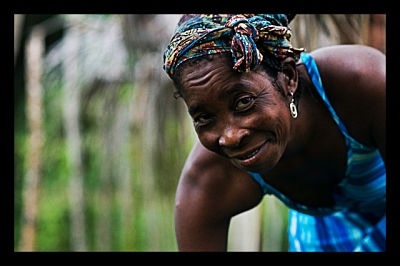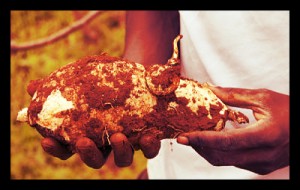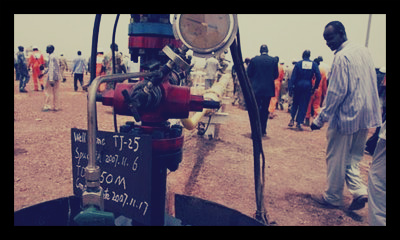
Richard Crespin has joined the U.S. Global Leadership Coalition (USGLC) as the Director of Business Outreach. He will be responsible for working as a USGLC ambassador, engaging Americans about the importance of international affairs programs in strengthening markets for U.S. goods and services. He will convey how investing abroad creates jobs in the United States and helps to keep the US secure.
USGLC is excited that Crespin has chosen to join their team. USGLC believes Crespin’s experience as a business leader with experience in corporate opportunity and corporate responsibility will mesh incredibly well with their organization’s goals and mission. Crespin provides the USGLC a unique opportunity to demonstrate how U.S. engagement abroad is good for business at home.
Crespin’s resume boasts substantial experience working in the private, public, and civil sectors. He was worked as the Executive Director of the Corporate Responsibility Officers Association. He has also worked with noteworthy companies and organizations including the American Red Cross, the Inter-American Development Bank and the Department of Defense. He attended George Washington University and Harvard Business School. Currently, he works for the U.S. Chamber of Commerce Foundation, the Editorial Board for the Sustainable Business Forum and on the Board of Directors for the Society for International Development among others.
Crespin has stressed the importance of investing in foreign economies. He has said that American presence in these markets is a, “surefire way to grow our own economy and create quality jobs across the country.” As the new Director of Business outreach, Crespin says he is excited to work with businesses to build support for new tools of development and diplomacy.
The USGLC provides an excellent platform for outreach. The USGLC is a broad-based network of 400 businesses and NGOs, national security and foreign policy experts and business, faith-based, academic and community leaders. Members support a smart power approach that elevates diplomacy along with defense, in effect building a better and safer world.









